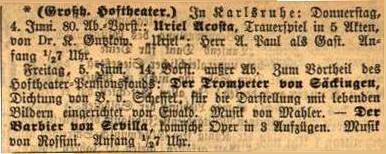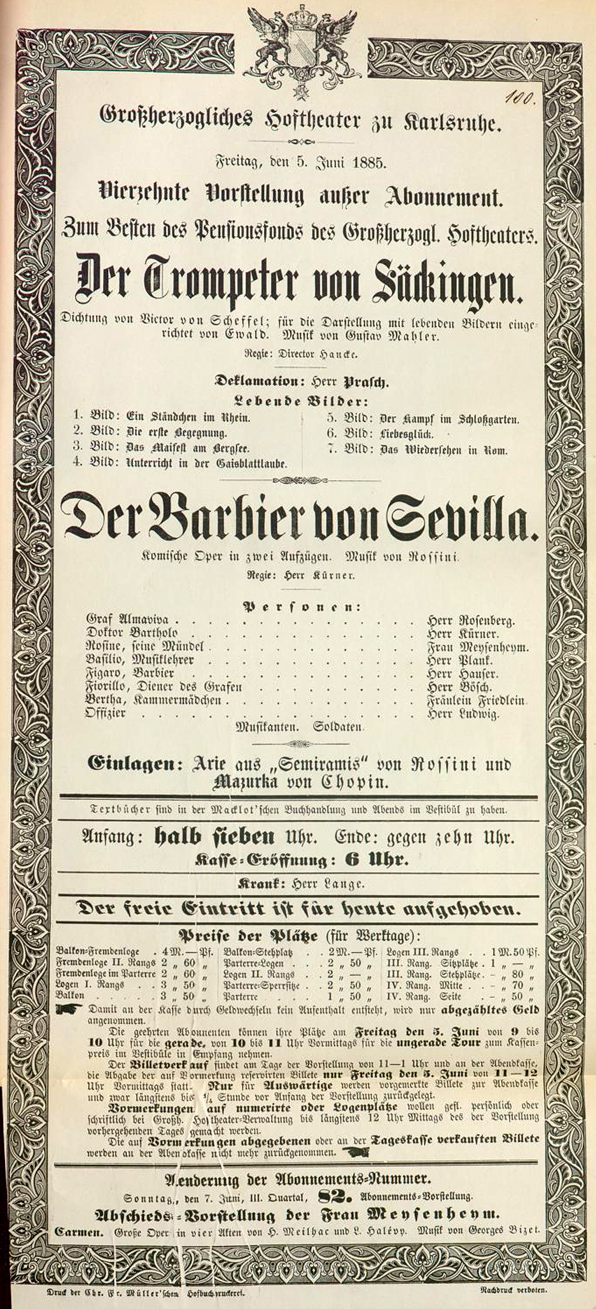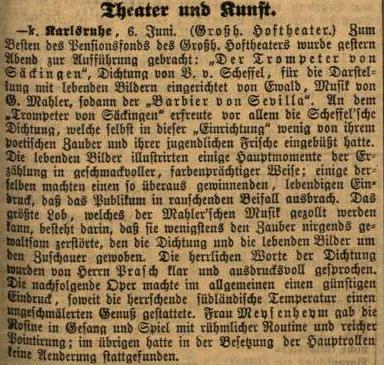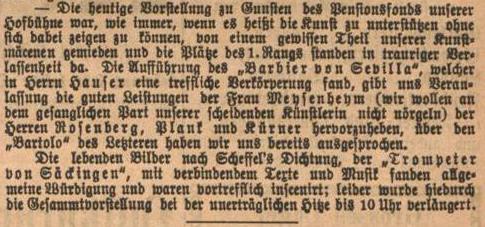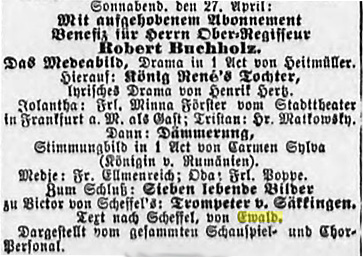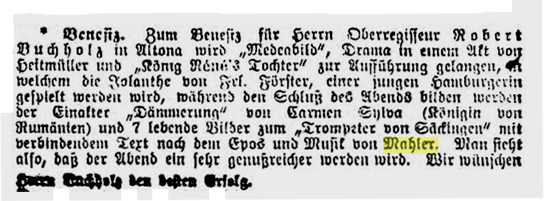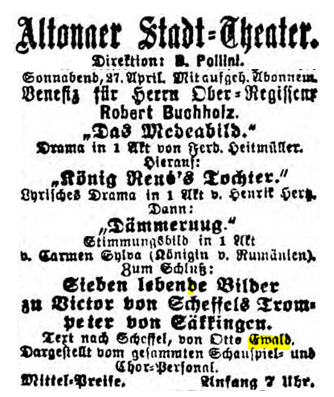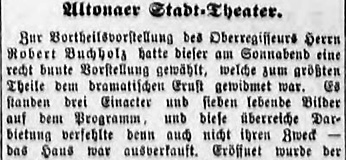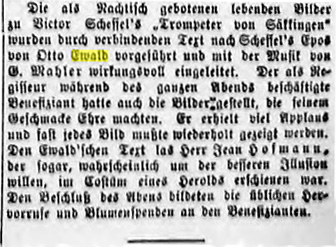
![Main heading: The Music of Gustav Mahler: A Catalogue of Manuscript and Printed Sources [rule] Paul Banks](../../images/General%20Heading3.jpg)
|
|
|||||||||||||||||||||||||||||||||||||||||
|
|
|||||||||||||||||||||||||||||||||||||||||
|
|
|||||||||||||||||||||||||||||||||||||||||
|
|
|||||||||||||||||||||||||||||||||||||||||
|
|
|||||||||||||||||||||||||||||||||||||||||
|
|
|||||||||||||||||||||||||||||||||||||||||
|
|
|||||||||||||||||||||||||||||||||||||||||
|
|
|
||||||||||||||||||||||||||||||||||||||||
|
|
|||||||||||||||||||||||||||||||||||||||||
|
|
|||||||||||||||||||||||||||||||||||||||||
|
|
|
||||||||||||||||||||||||||||||||||||||||
|
|
|||||||||||||||||||||||||||||||||||||||||
|
|
|||||||||||||||||||||||||||||||||||||||||
|
|
|||||||||||||||||||||||||||||||||||||||||
|
Index of Works |
|
||||||||||||||||||||||||||||||||||||||||
|
Site Map |
|
||||||||||||||||||||||||||||||||||||||||
|
|
|||||||||||||||||||||||||||||||||||||||||
|
|
|
||||||||||||||||||||||||||||||||||||||||
|
|
|||||||||||||||||||||||||||||||||||||||||
|
|
|
||||||||||||||||||||||||||||||||||||||||
|
|
|
||||||||||||||||||||||||||||||||||||||||
|
|||||||||||||||||||||||||||||||||||||||||
Incidental Music to Der Trompeter von Säkkingen
| [Incidental music to Der Trompeter von Säkkingen] | |||||||||||||||||||
| 20–22 June 1884 | |||||||||||||||||||
|
1 Bild: Ein Ständchen am Rhein |
|||||||||||||||||||
|
2 Bild: Die erste Begegnung |
|||||||||||||||||||
|
3 Bild: Das Maifest am Bergsee |
|||||||||||||||||||
|
4 Bild: Trompeten-Unterricht in der Geißblattlaube |
|||||||||||||||||||
|
5 Bild: Der Überfall im Schlossgarten |
|||||||||||||||||||
|
6 Bild: Liebesglück |
|||||||||||||||||||
|
7 Bild: Wiedersehen in Rom |
|||||||||||||||||||
| Joseph Victor von Scheffel (1826–1886): Der Trompeter von Säkkingen | |||||||||||||||||||
| Unknown | |||||||||||||||||||
|
Unknown |
|||||||||||||||||||
|
Lost |
|||||||||||||||||||
|
None |
|||||||||||||||||||
| Chronology | |||||||||||||||||||
|
|||||||||||||||||||
|
Mahler's contract at the Königliches Theater, Kassel included a clause that required him to provide such music as was requested by the management¹ and in June 1884 he was drawn into the preparations for a benefit concert ‘zum Besten der Allgemeinen Pensions-Anstalt der Genossenschaft Deutscher Bühnenangehörigen’. He was already a member of this international association (membership number 8198), and was also on the committee of the theatre's benefit funds for members of the orchestra and chorus respectively (AGDB, passim). As with most such events, the programme, given on the last day of the theatrical season, was diverse: 1. Wagner: Overture to Rienzi 2. Meyerbeer: Die Hugenotten, act 4 3. Verdi: Der Troubadour, act 4 4. Der Trompeter von Säkkingen The last item was described as ‘Sieben lebende Bilder mit verbindenden Dichtung nach Victor von Scheffel von Wilhelm Bennecke. Musik Mahler’. These tableaux vivants were based on an enormously popular semi-ironic narrative poem by Victor von Scheffel (1826–86) that had also been turned into operas by Emil Kaiser (Mahler's predecessor at Olmütz) and Victor Nessler – whose version coincidentally also had its première in 1884 and which, much to his disgust, Mahler had to conduct in later years. Scheffel, who walked out of a performance of the Nessler opera (Mahler would have approved), was nevertheless happy to authorise the Kassel entertainment (KBME, 171):
The author of the connecting text was a local Kassel writer, Wilhelm Bennecke (1846–1906) – who may have been related to Frau Bennecke, one of the principal dancers at the theatre – and the narration was spoken by Gustav Thies, a popular leading actor in the company. Mahler reported briefly on the composition of his incidental music in a letter to Fritz Löhr, dated 22 June 1884 (GMB, 27–8; GMSL, 77):
The performance seems to have gone down well, to judge from the report that appeared in the Hessischen Morgenzeitung on 25 June (HJSGMK, 57):
Presumably the 2177 Mk. paid over to the Genossenschaft in September 1884 (see AGDB, 169) were the profits from the evening. A few months later Mahler had some further news about the score, which he passed on to Löhr in a letter of 1 January 1885 (GMB, 34; GMSL, 81):
There is strong evidence that the work was indeed performed in Mannheim in the autumn of 1884 (ELS, 133), and it was certainly given in Karlsruhe in aid of the Hoftheater's pension fund, on 5 June 1885. The staging was by Otto Ewald, one of the resident producers on the staff of the Kassel Theatre, who presumably knew the original production; the text was declaimed by Aloys Prasch, one of the actors in the Karlsruhe company.²
Advertisements for the Wiesbaden performance mentioned by Mahler have not yet been located (though, see GMSL, 392 and GMiK, 51³), and its status remains in doubt, but the research of Michael Bosworth has recently revealed that there was at least one further performance, at a benefit evening for Robert Buchholtz at the Stadttheater in Altona, in April 1889. Otto Ewald was again involved in the production, though in Altona he was credited with the linking texts, adapted from Scheffel. It is no doubt a measure of the popularity of the poem that this occasional work should have had an afterlife, and presumably the effectiveness of Mahler's music had also been noted in theatrical circles, though this in itself provides no clue to how exactly it came to be chosen for performance in Altona.
The performing material – consisting of a score and a set of copyist's parts – was presumably returned to Kassel, and if so was almost certainly destroyed there during World War II: no trace of it has been found in Hamburg. But one movement, or at least material from it, survives as Blumine, which, for seven or eight years was the second movement of the First Symphony, before being excised from that work between 1894 and 1896. The connection between the incidental music and the Symphony was established indirectly by the conductor and critic Max Steinitzer (1864–1936) who knew the movement from the incidental music, but seems not to have been aware of its subsequent symphonic incarnation (MSGM; see also MSGMiL):⁴
The melody corresponds quite closely to that of Blumine (the last pitch is presumably a misprint for a''), though the chromatic neighbour notes in the accompaniment to the first complete bar do not appear in the symphonic movement, which is a tone lower, in C major. |
|||||||||||||||||||
| RSpBD, 46; HJSGMK, 49–51; HLG1, 716–17; HLG1F, 928–9; HLG1a, 217–18; 240; 371. | |||||||||||||||||||

![]() https://orcid.org/0000-0002-2258-0267
©
2007-21 Paul Banks | This page was lasted edited on
19 August 2022
https://orcid.org/0000-0002-2258-0267
©
2007-21 Paul Banks | This page was lasted edited on
19 August 2022
